Buttonless key. Ignition barrel. Turn once. Turn again. Turn a third time. A screeching fanbelt whines before a multi-cylinder roar takes over then settles to a lumpy idle.
What has just been described encapsulates the whole premise of Retro Rides – and the experience reflects ours when we took a top-spec Volvo 850 T5-R along to the event as our show car.
Retro Rides is a festival whose sole purpose is to allow car nuts to scratch a nostalgic, modern-classic itch. Hundreds of like-minded souls gather at Goodwood Motor Circuit and other venues up and down the country to celebrate the simple joys of motoring without the modern-day beeps and bongs or the intrusion of lane keeping assistance.
I say ‘modern classic’ because, unlike many other festivals on the motoring circuit, this one deals with a huge array of vehicles: think Chevrolet lowrider, a Datsun 240Z with an outrageous engine swap, a Volvo limousine with half of another Volvo attached to the back of it and something not unlike Mr Bean's Mini.
There is, of course, the obligatory cacophony of Mk2 Volkswagen Golfs and supercharged Ford Fiestas, but each is a celebration of carburettors, worn-out ignition barrels and halogen headlights – and the owners and festival-goers simply can’t get enough of it.
Here, then, is a collection of our favourite cars and the stories behind them, each one more retro than the last.
What is Retro Rides?

Simply speaking, Retro Rides is a laid-back, anything-goes celebration of retro car culture that's open to all models registered before 2000, and it has quickly become one of the UK's most eagerly anticipated classic car events.
Retro Rides was founded in 2004 as an online forum (which now has more than 50,000 users) before transitioning to an in-person event, the first of which was held at Mallory Park in 2007. Since then it has become as much a celebration of DIY engineering as one of aesthetics.
The format changes every year, with 2024 including celebrations of the Volkswagen Golf GTI, pop-up headlights, black-coloured cars and lowriders. It’s small wonder that thousands of people are attracted to each of the two annual events – and that number is growing every year.
Volvo 850 T5-R
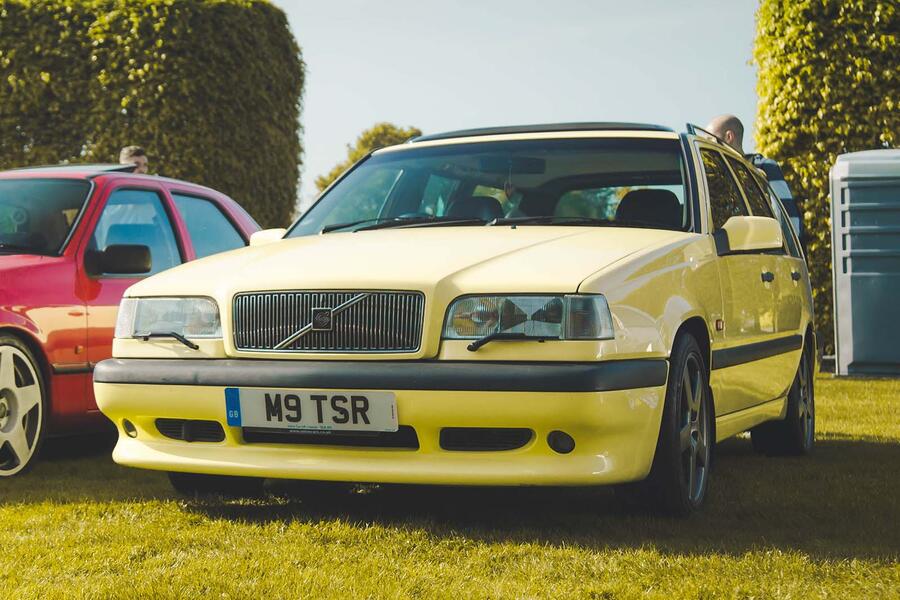
It would be silly to not mention the car that made this feature happen: this 850 T5-R arrived at the Autocar office from Volvo's heritage fleet both as our transport to Retro Rides and as something to show our support for the five-cylinder family estate with a turbocharger the size of Latvia.
Under the bonnet sits a 2.5-litre five-pot that produces 236bhp, sends the 1468kg estate to 62mph from rest in 6.6sec and on to a top speed of 155mph. Not that you'd necessarily be especially keen to go that fast, given that the car is now nearly 20 years old. But if you wanted to, and if you had the space to do it, this T5-R would be more than up to the job.


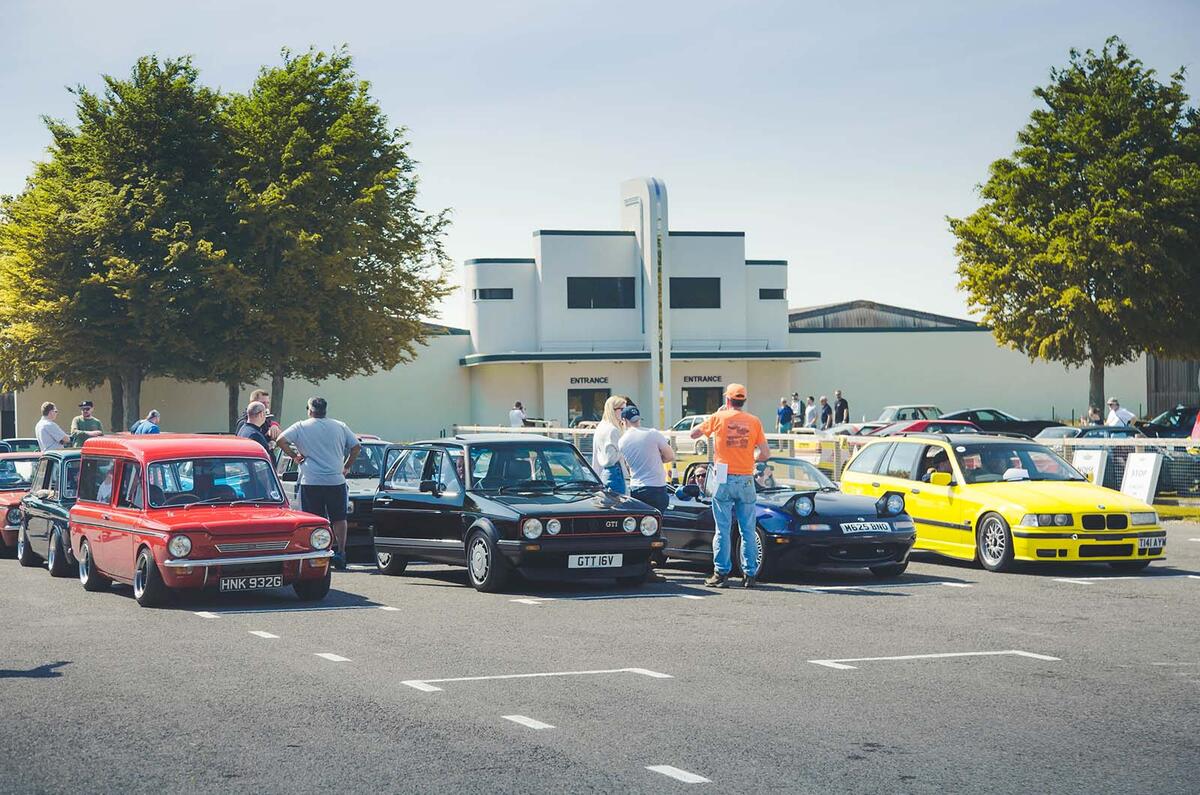
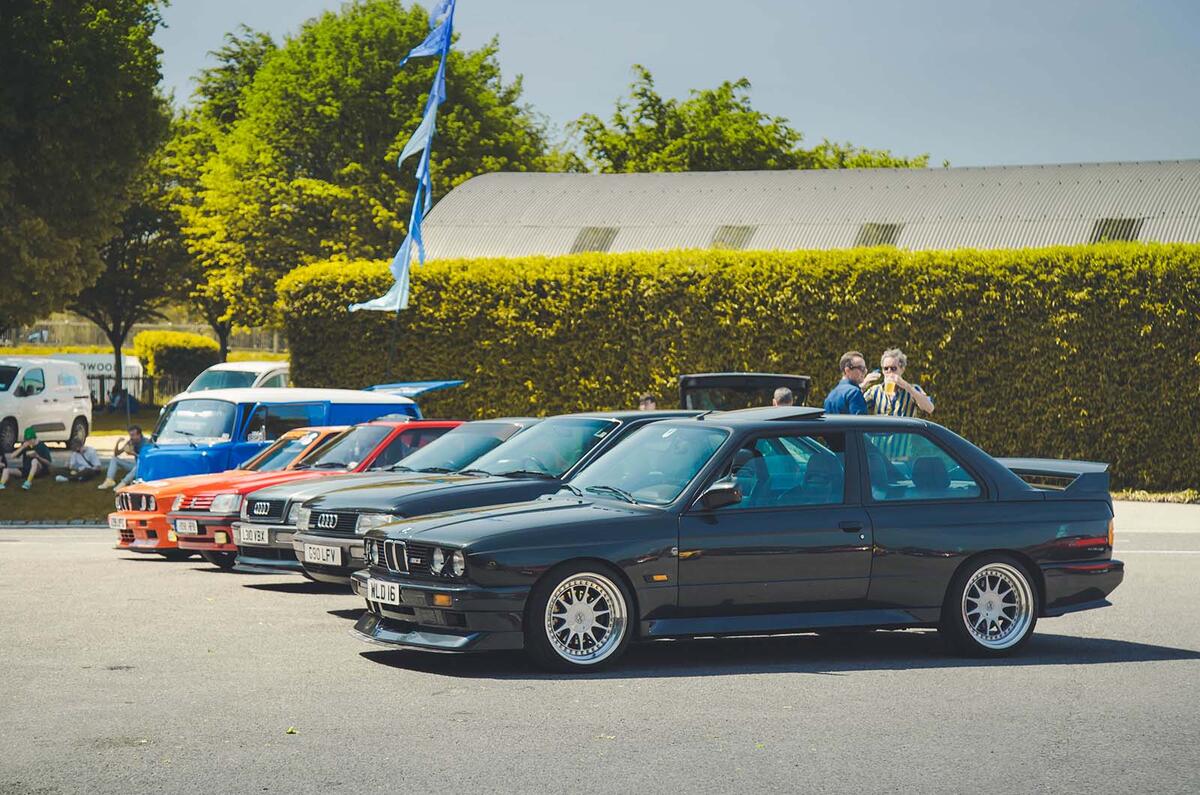

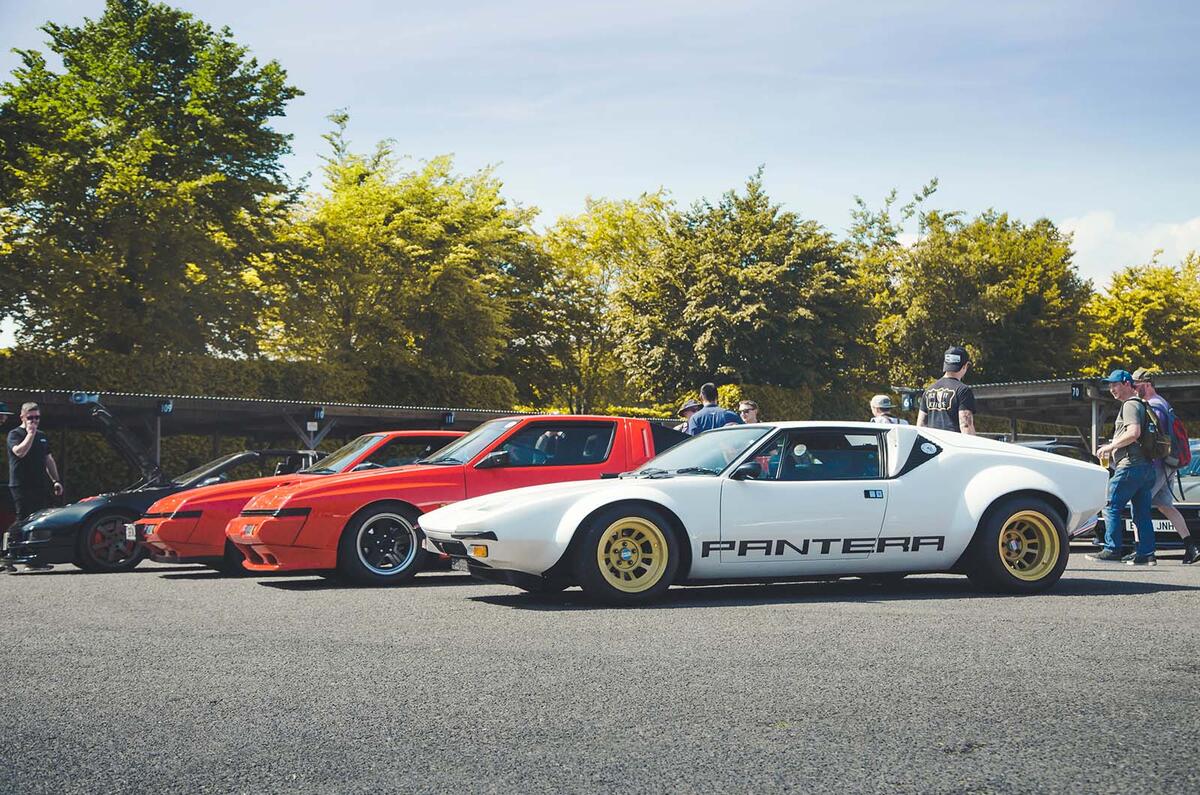
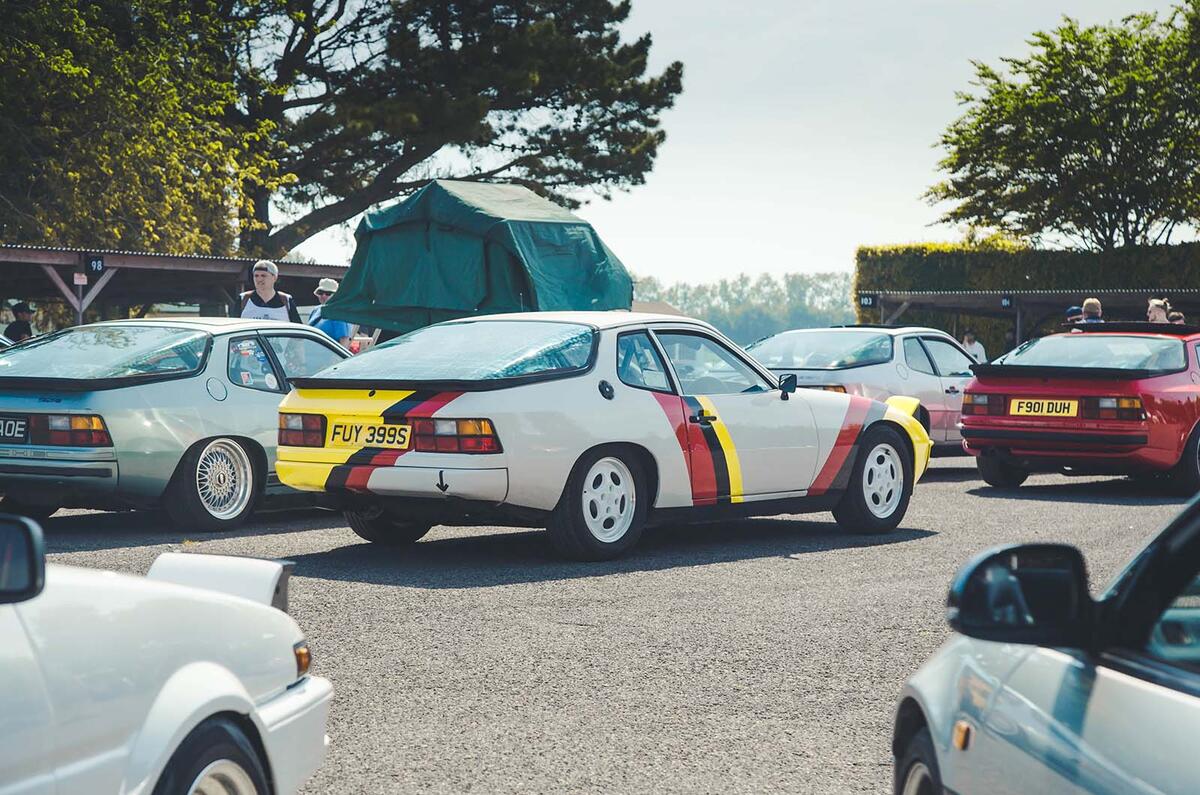






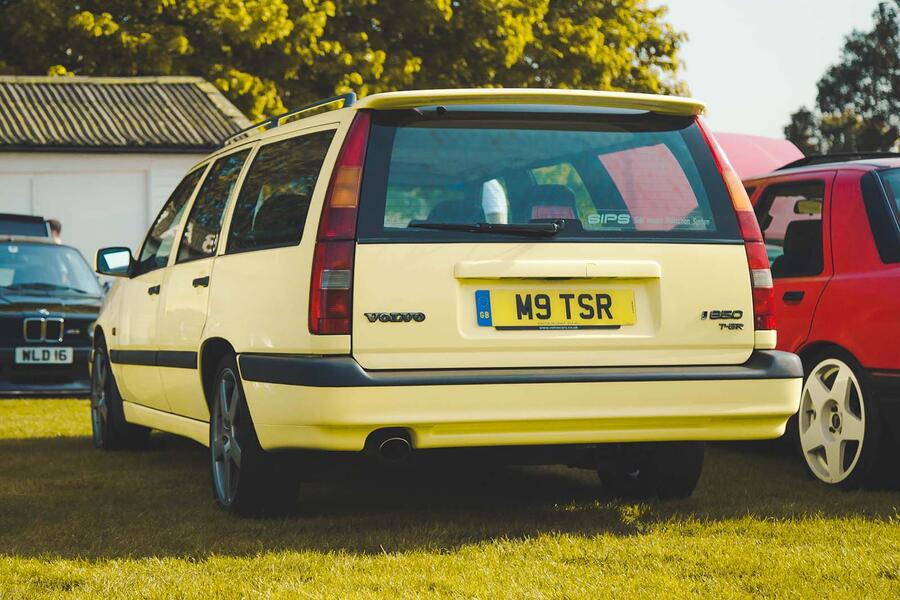
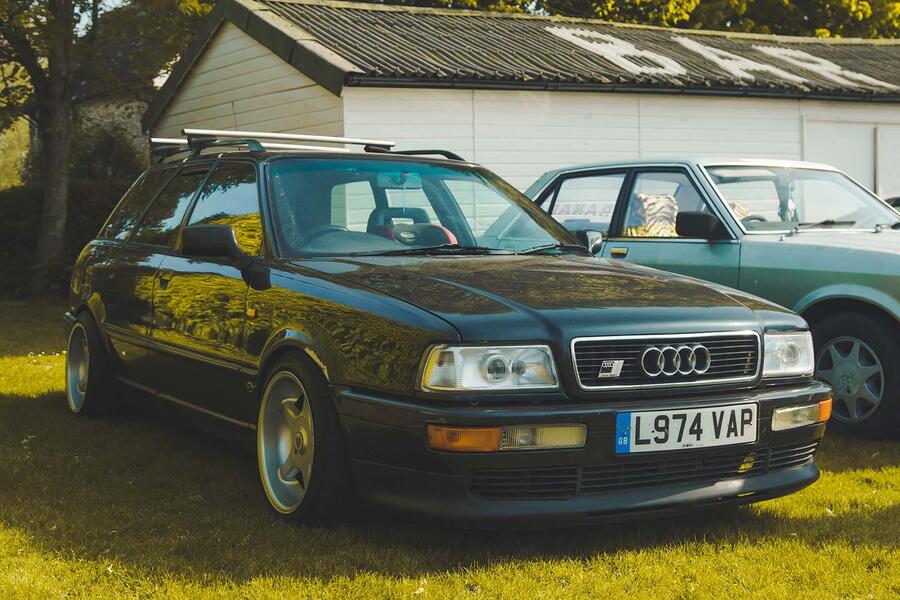

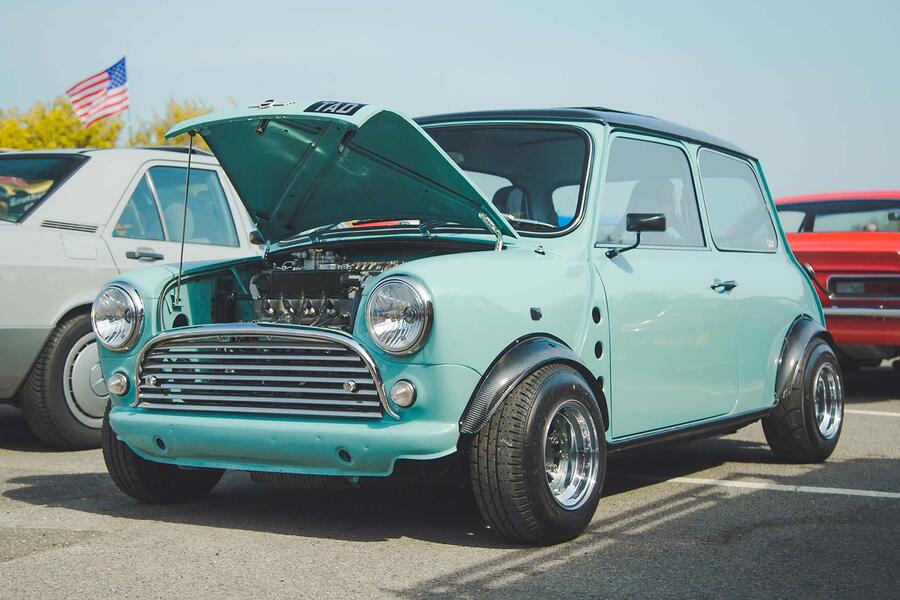
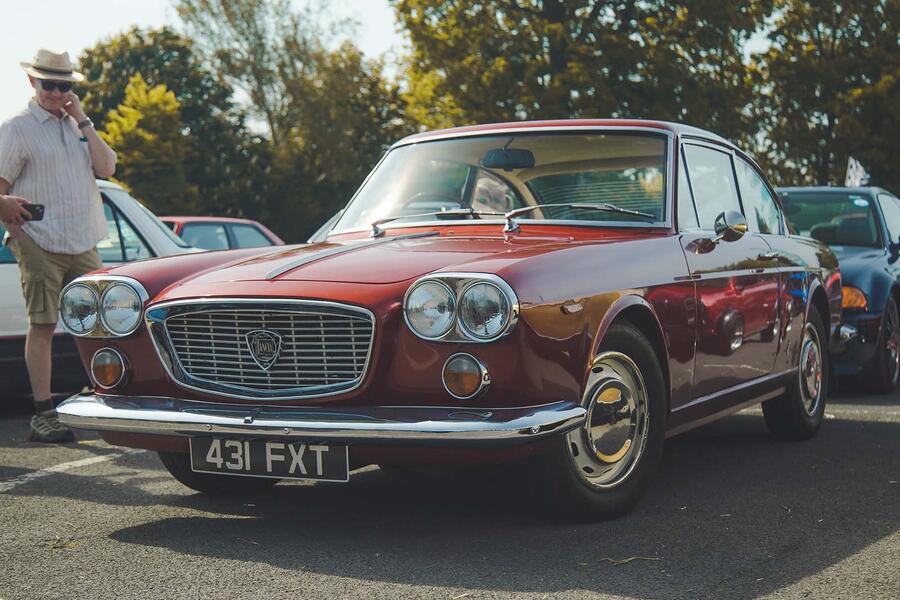
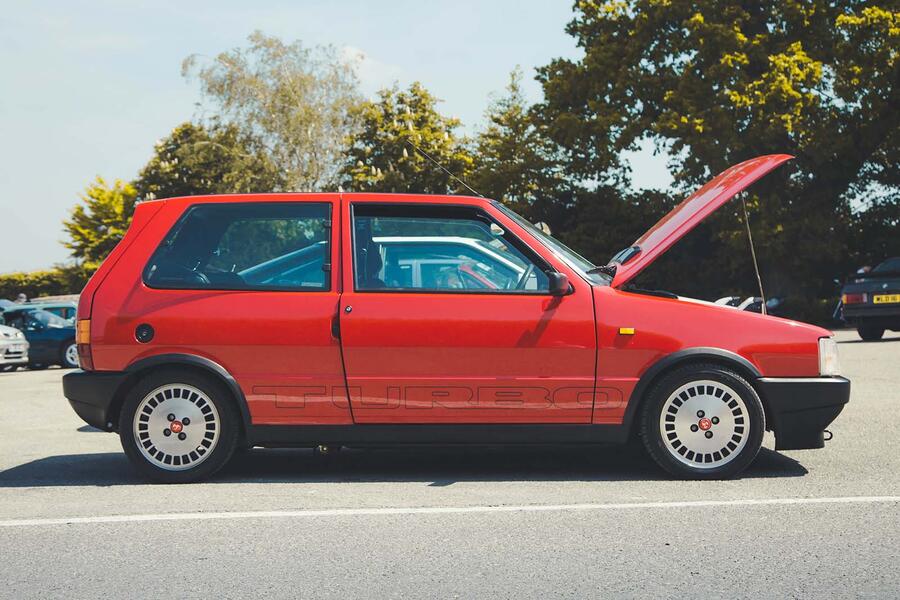
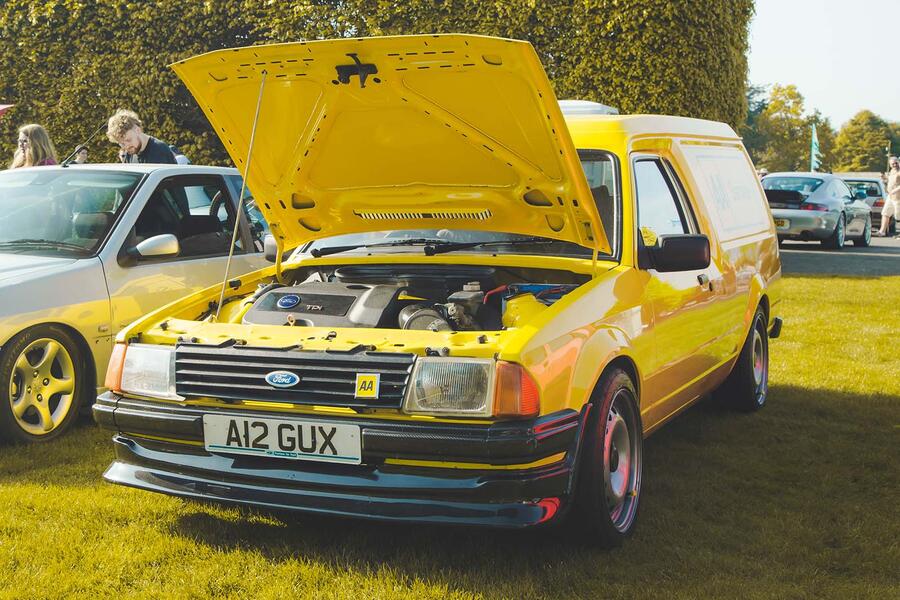
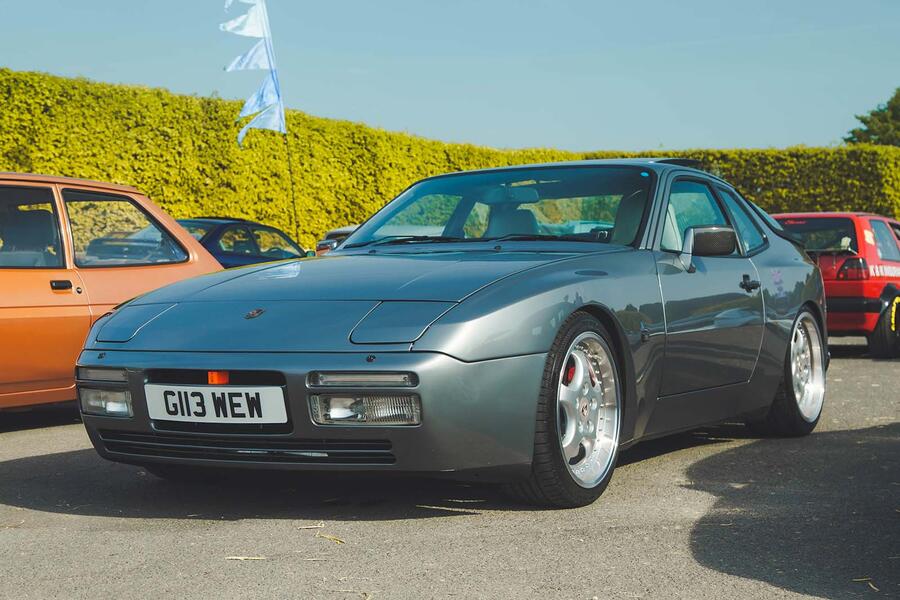
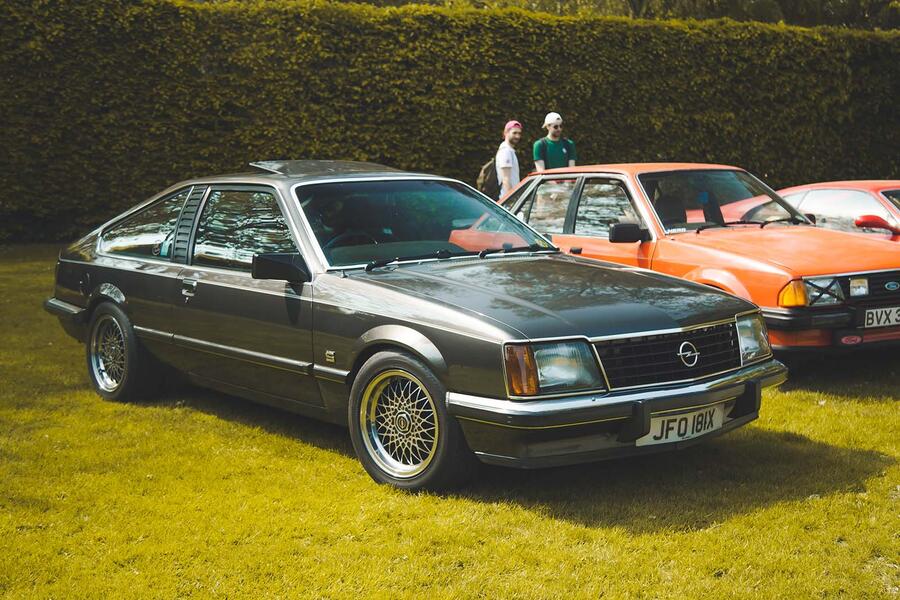
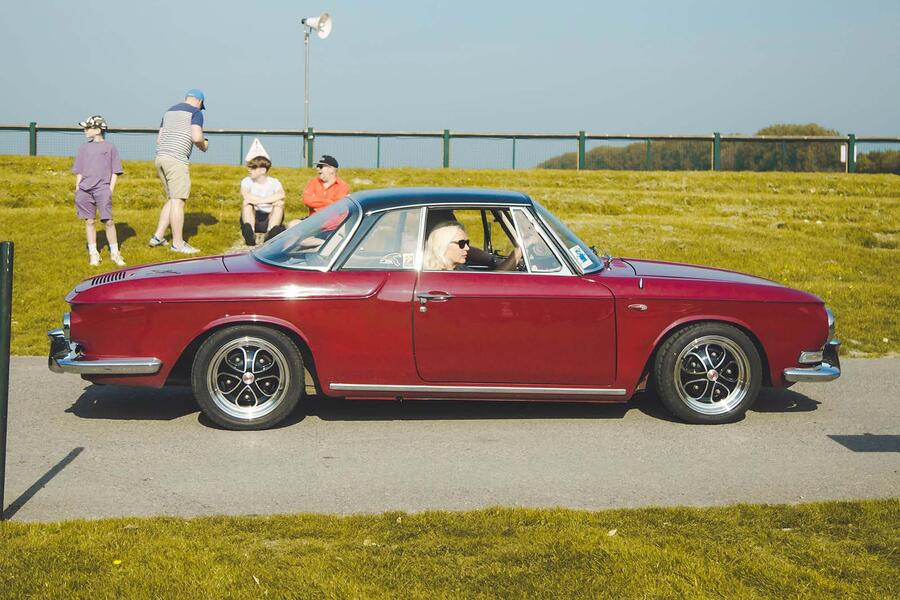
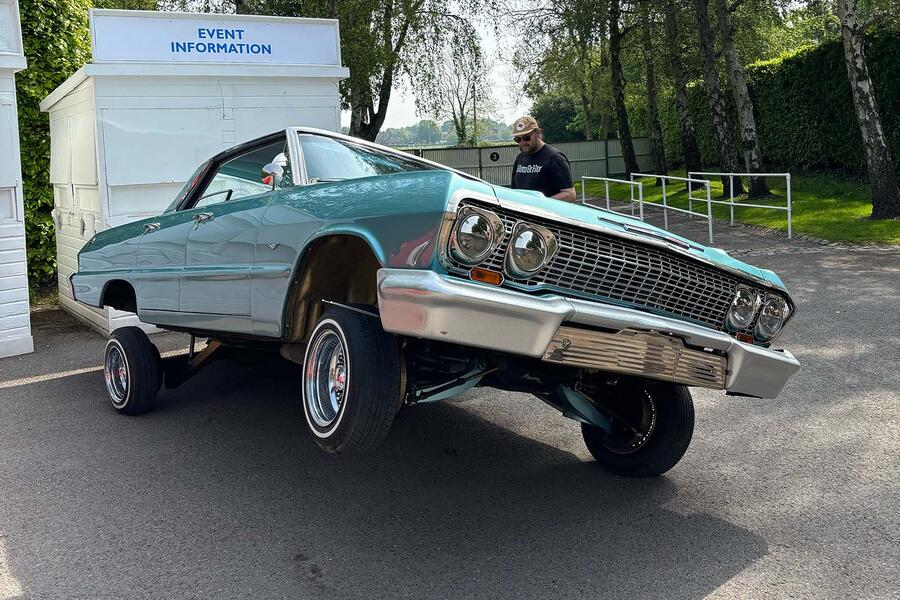
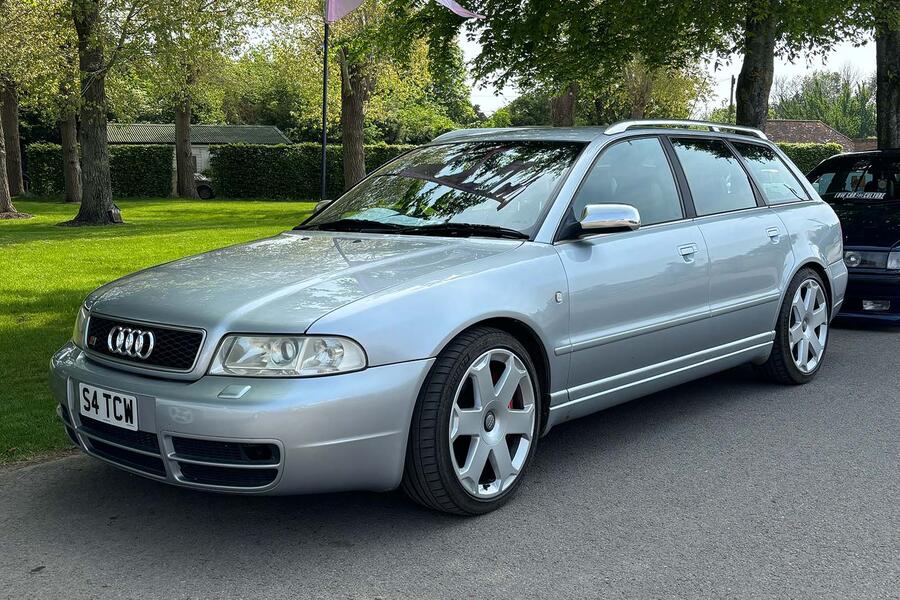
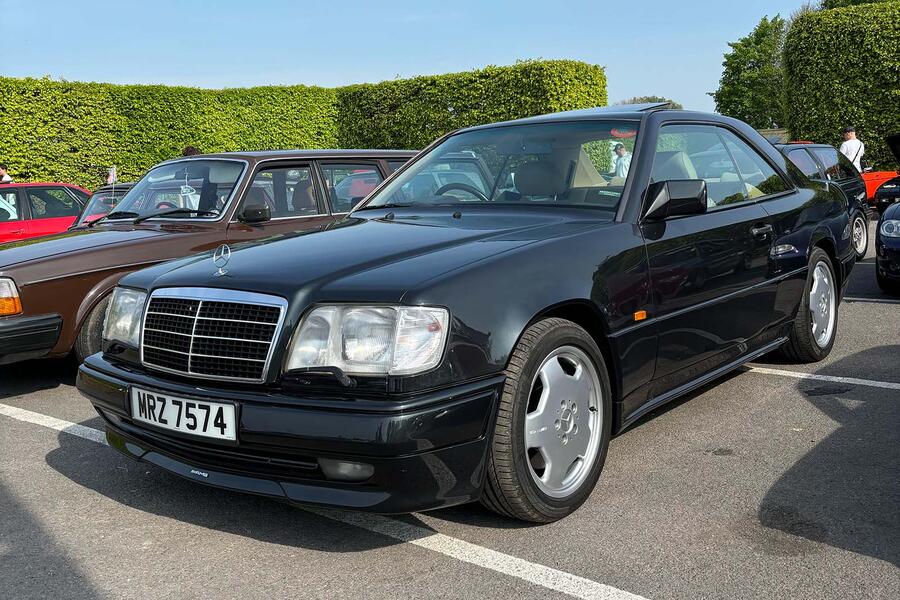






Join the debate
Add your comment
Some great cars puctured, especially that pantera.
I've been to many car gatherings like this. The most instructive part of the experience is to find a chair and watch all the old cars leave at the end of the day. It's when you smell the choking exhaust fumes caused by these old vehicles, plus the amount of unburnt petrol coming out of them because of inefficient fueling, that you realise the enormous pollution caused by old engines. Of course the pollution is even worse with old diesel motors. It's an enormous disappointment.